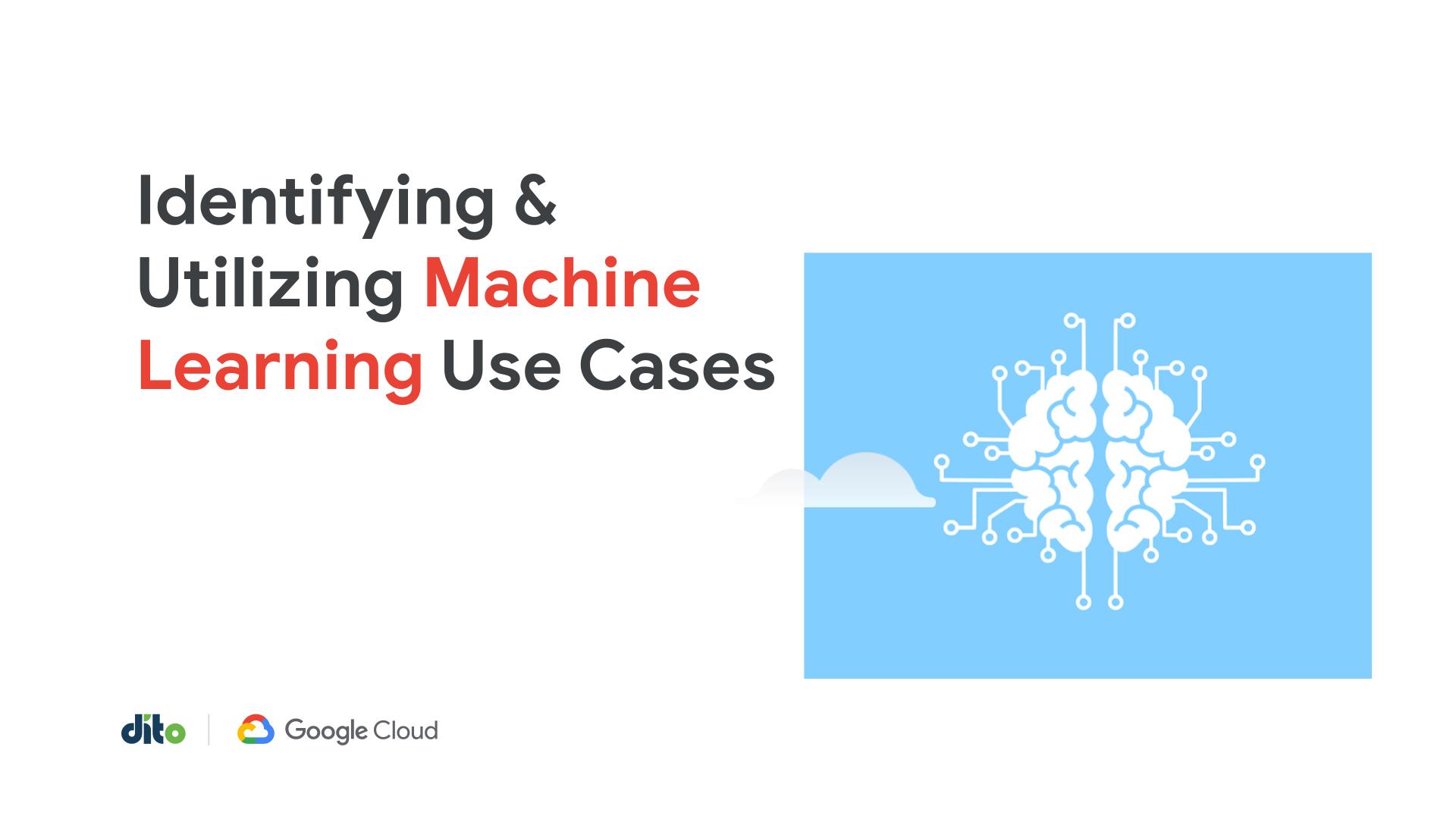Machine learning is transitioning out of the test phase and into real-world use cases. In a CIO magazine survey, 90 percent of respondents said their businesses are already using machine learning or are planning to do so in the near future. The survey also found, however, that there are procedural, strategic and skills gaps limiting how organizations can leverage the technology.
The importance of moving forward on machine learning makes identifying use cases and acting on those opportunities critical. Channel partners have a unique chance to help clients in the machine learning space. Organizations with the infrastructure capabilities and expertise to launch machine learning projects for clients can stand out as demand for the technology grows. With this in mind, here are five steps that channel partners can follow as they work to take full advantage of the rise of machine learning:
1. Establish a defined problem to solve
It is important to go beyond abstract or big-picture problems when assessing potential machine learning use cases. It’s often much easier to launch a successful project when there is a definable and measurable goal in place so you can target your efforts and evaluate performance on a continual basis. For channel partners, it is vital to take the time to get to know clients and help them nail down the details of the situation in which they’re hoping to use machine learning.
2. Get into the nuts and bolts
Before you dive into data, it’s important to make sure you understand the full scope of the problem you’re trying to solve. Bring together stakeholders who interact with the systems and processes you’ll be working with to make sure you have a practical and strategic understanding of what needs to be done.
3. Improve data quality
A machine learning initiative will fall apart quickly if the data you are feeding into the solution is inaccurate, redundant or irrelevant to the project at hand. The principles of machine learning dictate that the technology is entirely reliant on accurate and timely data, so it’s important to make sure you’re always feeding the ecosystem the right data at the right times.
4. Establish your algorithms
With the preparation handled, it’s time to create your initial algorithms and get the system working. This step is where having organizational expertise can pay off. Many businesses lack the skills and resources they need to build machine learning projects.
5. Consistently evaluate algorithms
A machine learning system should constantly adapt how it analyzes data based on the trends it discovers over time. It is vital to continually assess how the solution evolves to make sure it aligns with project goals and is solving the problems you’re trying to address in the first place.
There’s a lot to consider when defining and fulfilling a machine learning use case, and Dito can help. Our cloud and broad IT expertise is vital as you try to build out the backend systems and strategies needed to handle machine learning.
At Dito, we help customers embrace AI, stay abreast of the constant advancements, and leverage Google technologies for BigQuery, optical character recognition (OCR), data extraction, security monitoring/reaction, data classification, model training, sentiment analysis, and even predictive fraud.
Dito’s team is certified and trained including staff with the extraordinarily rare Machine Learning certification with Google. We help develop and deploy some of the largest scaled AI projects but whether you’re looking to augment an enterprise system, dip your toes into the world of AI, or dive right in, Dito’s expertise can lead your endeavor to success.
Ready to get started with the Cloud and see what opportunities await your company?









